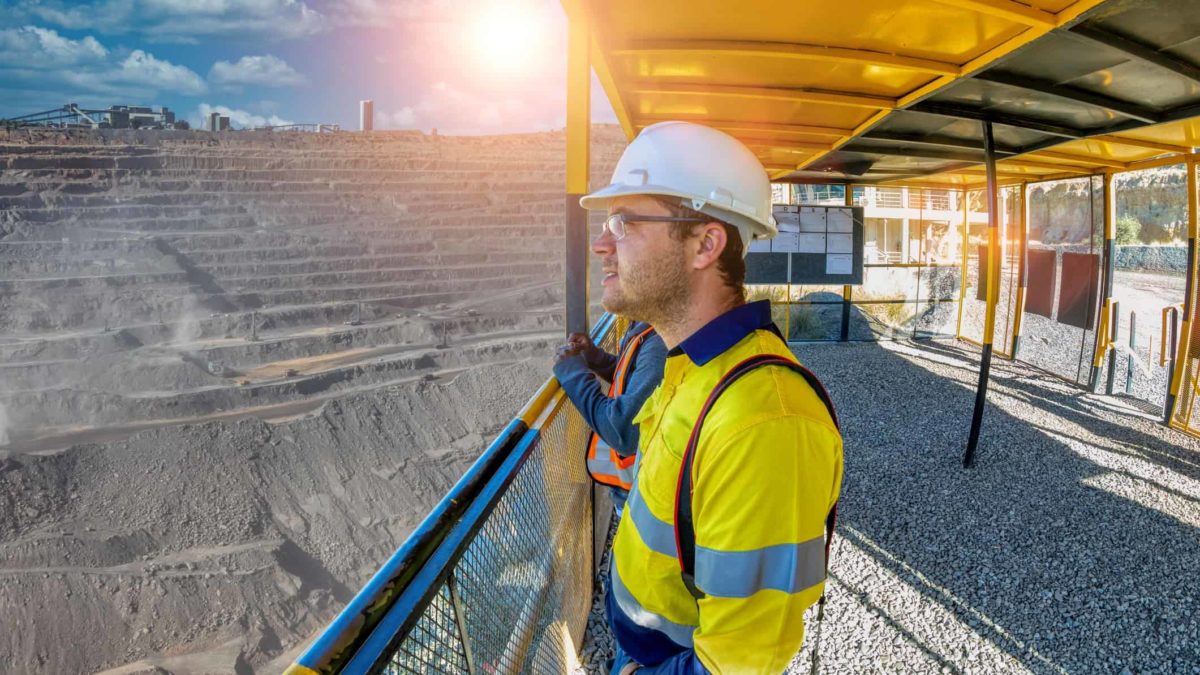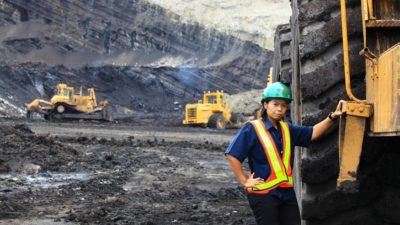Pilbara Minerals Ltd (ASX: PLS) shares have seen a significant decline recently, with the ASX lithium share down 42% over the past year, as shown in the chart below.
Not many S&P/ASX 200 Index (ASX: XJO) shares have suffered a decline this significant over the last year. After such a large drop, some investors may wonder whether now is a good time to invest in the business.
Let's consider some of the potential benefits and disadvantages of a possible investment in Pilbara Minerals shares.
The headwinds
The biggest negative for me is that the lithium price has sunk, with no clear catalyst to send it materially higher in the foreseeable future.
Pilbara Minerals' recent quarterly update for the three months to June 2024 showed its realised price for spodumene concentrate was down 74% for the 2024 financial year to US$1,176 per tonne, compared to FY23.
Electric vehicles are a key component of lithium demand, and demand for electric vehicles is currently weak. Goldman Sachs analyst Kota Yuzawa puts the slowing demand down to three things:
For one, we're seeing rising concerns around EV capital costs due to lower prices being realised for used EVs. In the UK, for example, EV used car prices have fallen sharply in recent months. Two, uncertainty around a number of elections this year has decreased visibility on potential changes to government policies affecting the EV industry.
The third and final concern is around a shortage of rapid-charging stations. As EV penetration accelerates, rapid charging station infrastructure issues have emerged as a tangible problem.
Several automakers have said that concerns about driving range and charging infrastructure are increasing. These issues may lead consumers to have second thoughts about buying an EV.
The longer-term lithium supply and demand dynamic appears to be more balanced than previously expected. Pilbara Minerals is contributing to that itself, with the miner recently outlining a pre-feasibility study that showed its Pilgangoora operation could be expanded to more than 2 million tonnes per annum, up from the already-planned 1 million tonnes per annum.
There is also a growing supply out of Africa, with Chinese mining businesses reportedly able to deliver cheaper lithium prices than Australian miners.
The higher the supply, the more headwinds there are for the lithium price.
There's no guarantee the Pilbara Minerals share price will recover back to former heights, so we shouldn't anchor to former valuation levels.
Positives about Pilbara Minerals shares
While the long-term dynamic for lithium may not be promising, Pilbara Minerals is seeing a couple of positive developments.
In the quarter for the three months to 30 June 2024, it advised that the realised price of US$840 per tonne was 4% higher than the US$804 per tonne in the three months to 31 March 2024. A rising price is much more appealing than a declining price, even if it's at a slow pace.
Rising production may not be entirely positive, but it does help reduce operating costs. Pilbara Minerals reported that in the three months to June 2024, production rose by 26% to 226.2kt, and the unit operating cost (FOB) fell by 12% to US$390 per tonne.
The difficult lithium market is the same for every company involved, which could lead to some miners deciding to reduce output.
Pilbara Minerals could be one of the best-placed to survive because it has a significant amount of cash on the balance sheet — $1.6 billion on 30 June 2024. This cash allows it to continue to invest and thrive despite the difficult circumstances.
Foolish takeaway
This current Pilbara Minerals share price of $2.86 could be a contrarian opportunity, particularly if the global economy rebounds and electric vehicle demand returns, but there's no guarantee of that happening.








